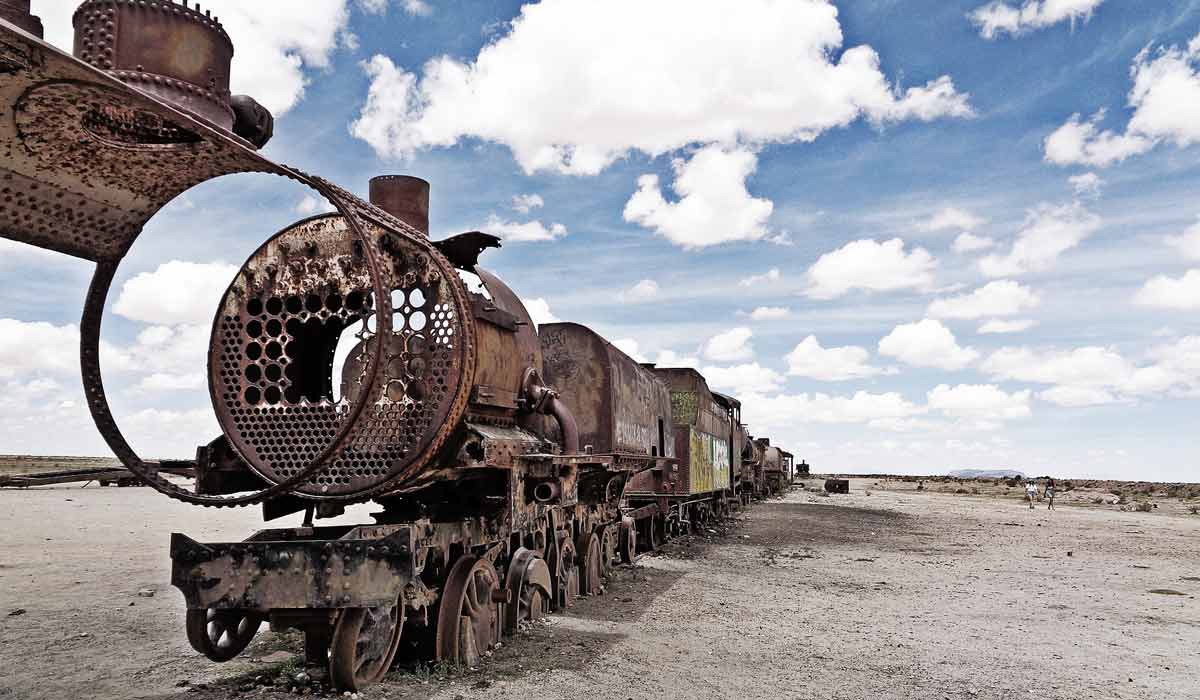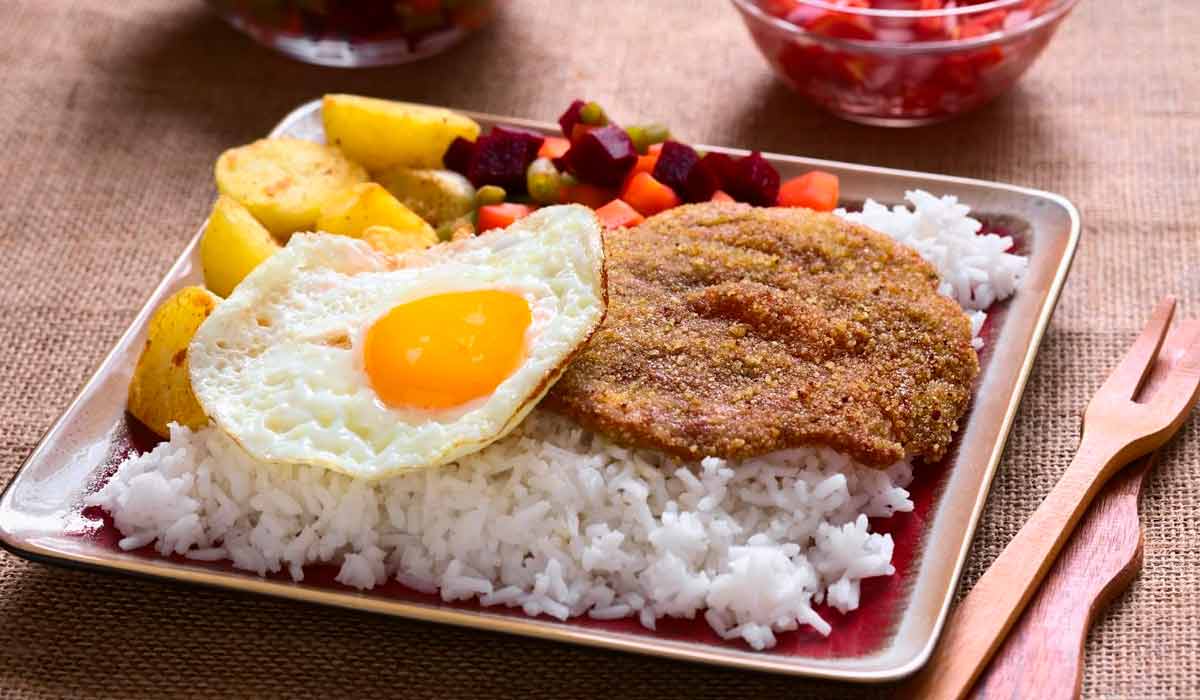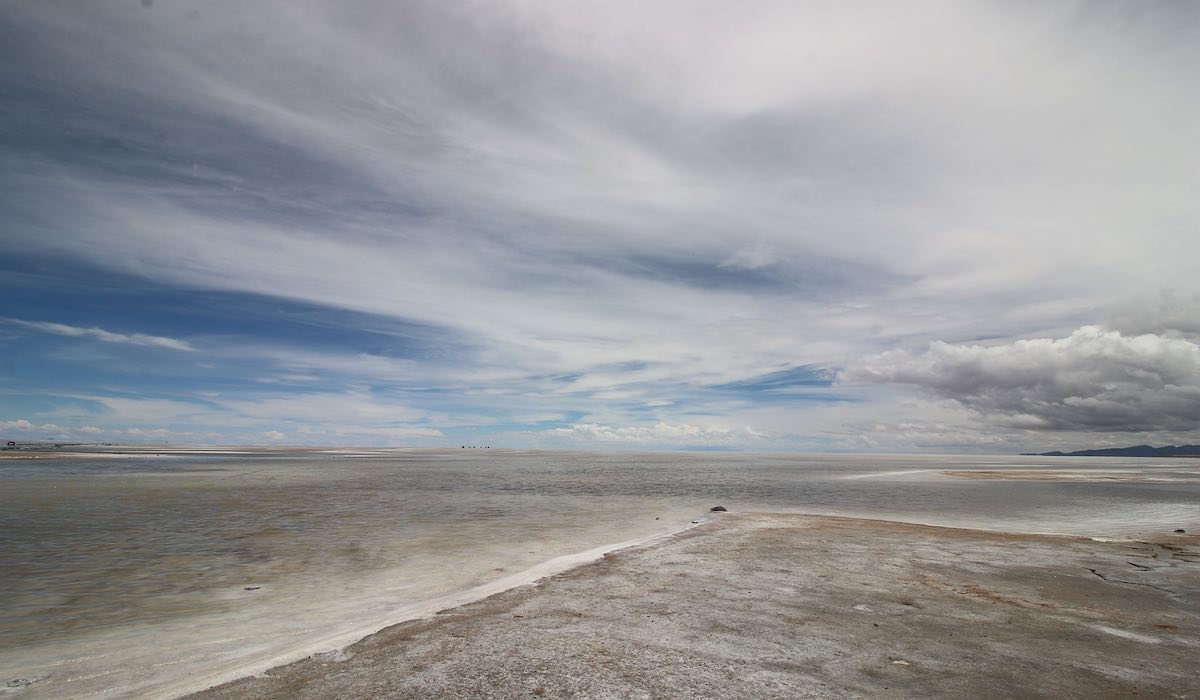This post is also available in:
 Español
Español
Today is the Day of the Plurinational State of Bolivia, the great day! On January 22nd it is celebrated the Bolivian diversity made up of multiple ethnic groups. For this reason from Howlanders, we dedicate the day to this small great South American country to join in its celebration and launch this post about Bolivian traditions, to know it a little bit more.
La Alasita de La Paz
The ‘alasitas’ are miniatures sold in markets and fairs in Bolivia at the beginning of the rainy season, but especially on January 24th of each year (in two days!). These miniatures represent dreams and wishes for the coming year. The mentality is as follows: if I have it in miniature, it is easier to make it come true!
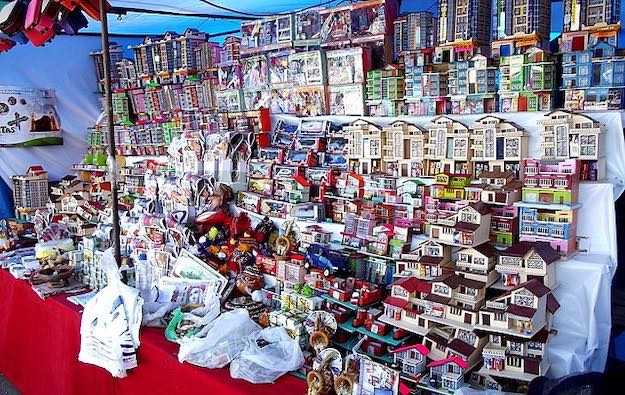
It is a celebration to Ekeko, God of abundance and happiness in the home. This Bolivian tradition consists in making an offering of some miniature (not too many offers) to Ekeko. For example, if it is rice what you offer you are asking for food for the whole year and if it is a suitcase what you ask for is a trip.
Oruro Carnival
The Oruro Carnival is considered by the UNESCO ‘Masterpiece of the Oral and Intangible Heritage of Humanity‘. There are 18 specialties of dances that, from different parts of Bolivia, go to worship the patron saint of the town: Virgin del Socavón.

Also in the month of February, the festivity of the Virgin of Candelaria is celebrated. The celebration takes place on the shores of Titicaca Lake because it is said, the Virgin Mary saved the fishermen caught in a storm at this lake.
La ch’alla
La cha’lla is another of the Bolivian traditions in which offerings are made. This time it is Pachamama, Divine Earth, who receives food, drink, and flowers. La ch’alla consists basically of covering the earth with petals and burying a pot of boiled potatoes, cigars, coca leaves, and alcohol, apart from eating Pachamama likes to have fun.
If it is in the city, no pot is buried in the asphalt, but a house, a car, a business, etc. is decorated with colored streamers and petals. Wherever it is, color and food abound, both that which is offered to the Pachamama and that which is enjoyed by the celebrants.
It wouldn’t be a party without dancing, so be sure you don’t miss it. In the villages la ch’alla is celebrated in August, after the winter so that the land recovers and in the city between February and March. Does it really work? Well, look at the exuberance of the Madidi National Park.
Santa Semana
The most characteristic of this week of celebration are the processions, very interesting for visitors and tourists. On the Thursday after Palm Sunday, almost all the churches and cathedrals of Bolivia open their doors, being a great opportunity to discover the interior of them.
Holy Friday is characterized by a great typical and exotic food to share with family and friends. There are 12 dishes! The festival ends at dawn on Easter Sunday, where the devotees pray to God.
University entrance
Since 1988, the last Saturday of July is the traditional University Folkloric Entrance. University students from different faculties of Higher University of San Andres tour the center of La Paz dancing native dances. The objective is to revalue and to promote the cultural patrimony of La Paz.
Tinku celebration
In May the Tinku celebration takes place in the city of Macha, located between Potosi and Oruro (near Uyuni Salt Flats). It is, for sure, one of the most curious Bolivian traditions. The indigenous people go to Macha to drink chicha and beat each other The objective is to honor the Pachamama by spilling blood.
San Juan Festival
Originally, after the longest day of the year, bonfires were lit to purify the sun and give it strength. Later on and due to the Spanish influence, on this night they started to burn old targets to give way to the new. Fireworks were also incorporated, but today everything has been suspended.
The pollution levels reached led the municipal governments to change the bonfires for cultural activities. Today San Juan Festival celebration is a meeting to increase the feeling of brotherhood among neighbors.
Festival of the Virgin of Guadalupe
The Festival of the Virgen of Guadalupe in Sucre, the capital of Bolivia, brings together more than 40.000 dancers from the country. In September, the streets are filled with color and rhythm through multiple parades and music.
Day of the Dead
The Day of the Dead in Bolivia as the Day of the Dead in Mexico, is an important date to remember those loved ones who have died. It is celebrated at the beginning of November, it is one of the Bolivian traditions instilled by the Spaniards. It is a tradition to bring flowers to the tombs, and also food and drink.
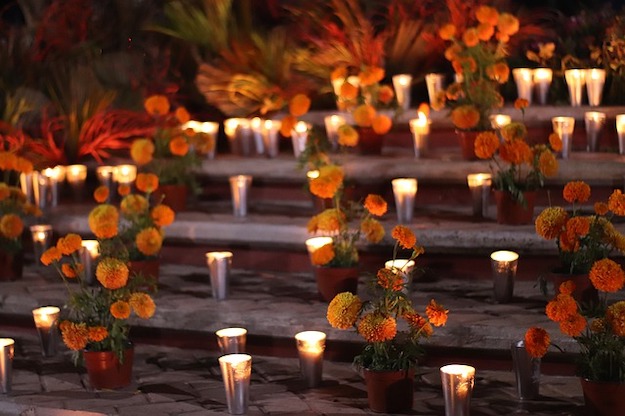
Bolivian traditions make the country even more charming. The smell of its dishes, the color in its streets and the illusion in the eyes of its people make each Bolivia tradition an unforgettable moment for those who decide to visit the country. Are you already clear about which of all its traditions you want to know?



